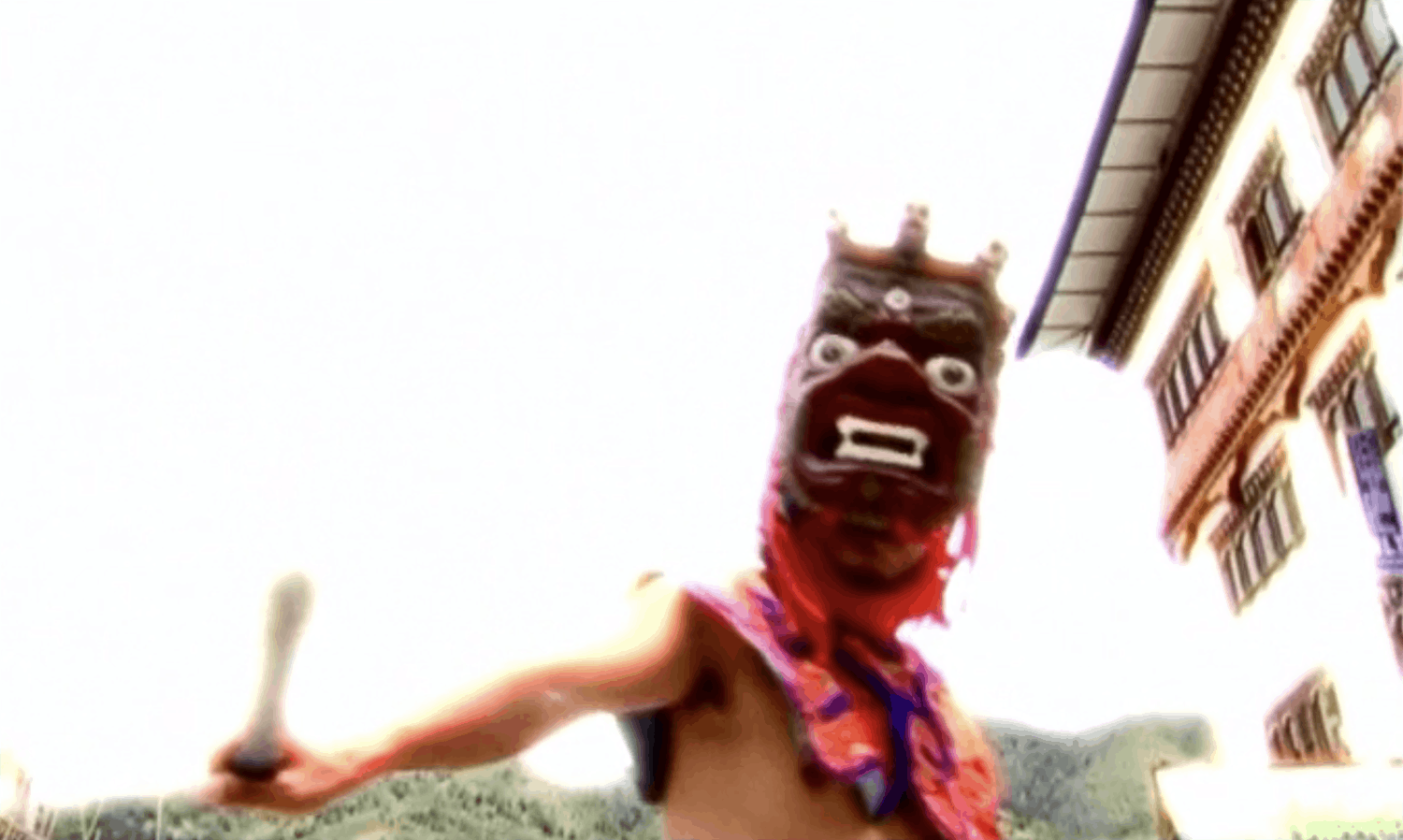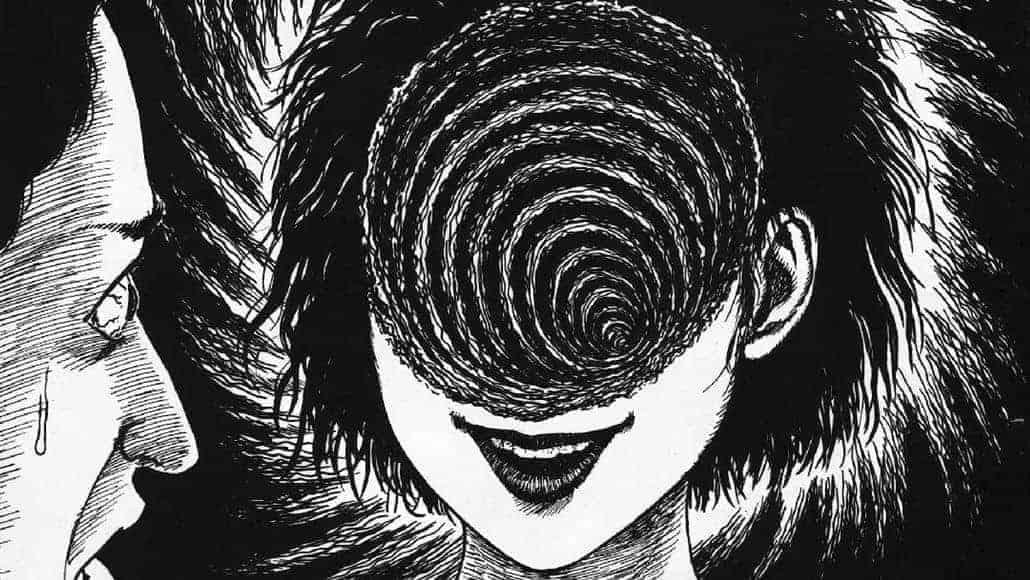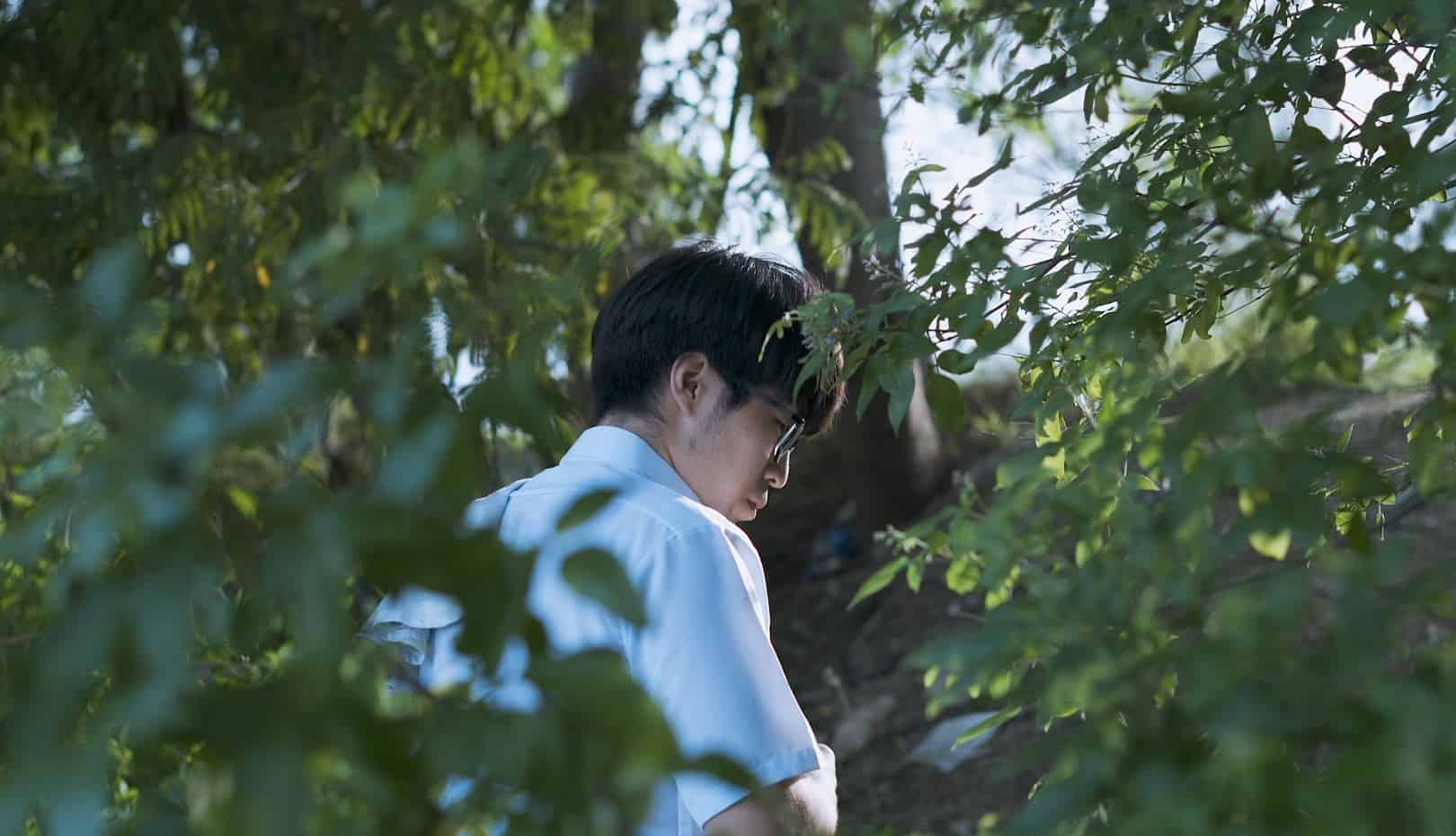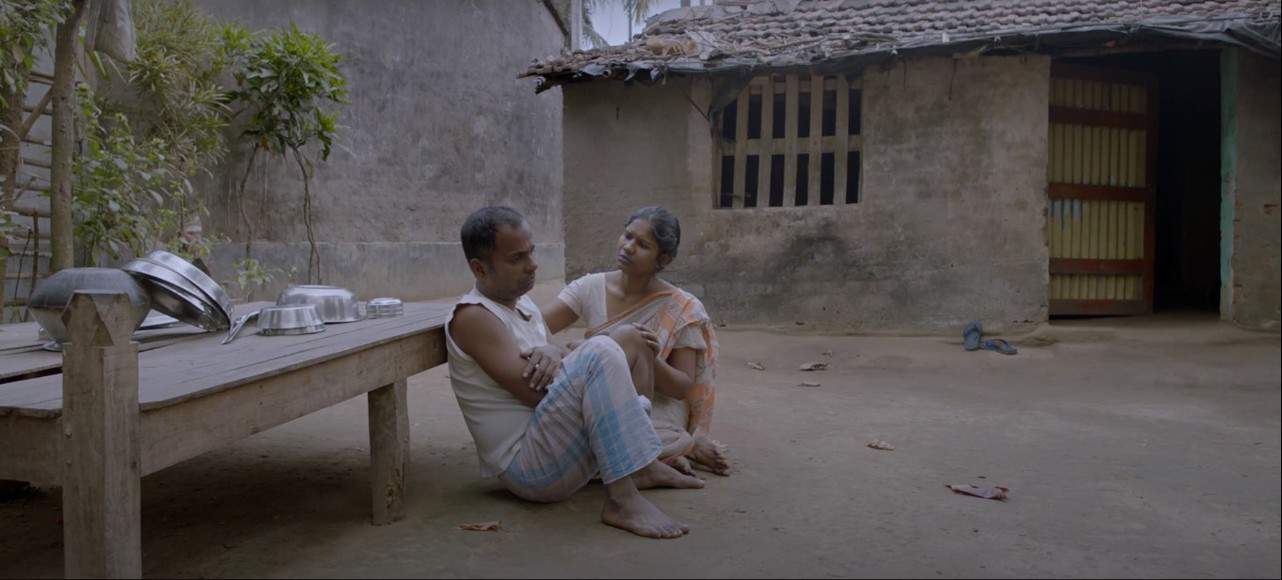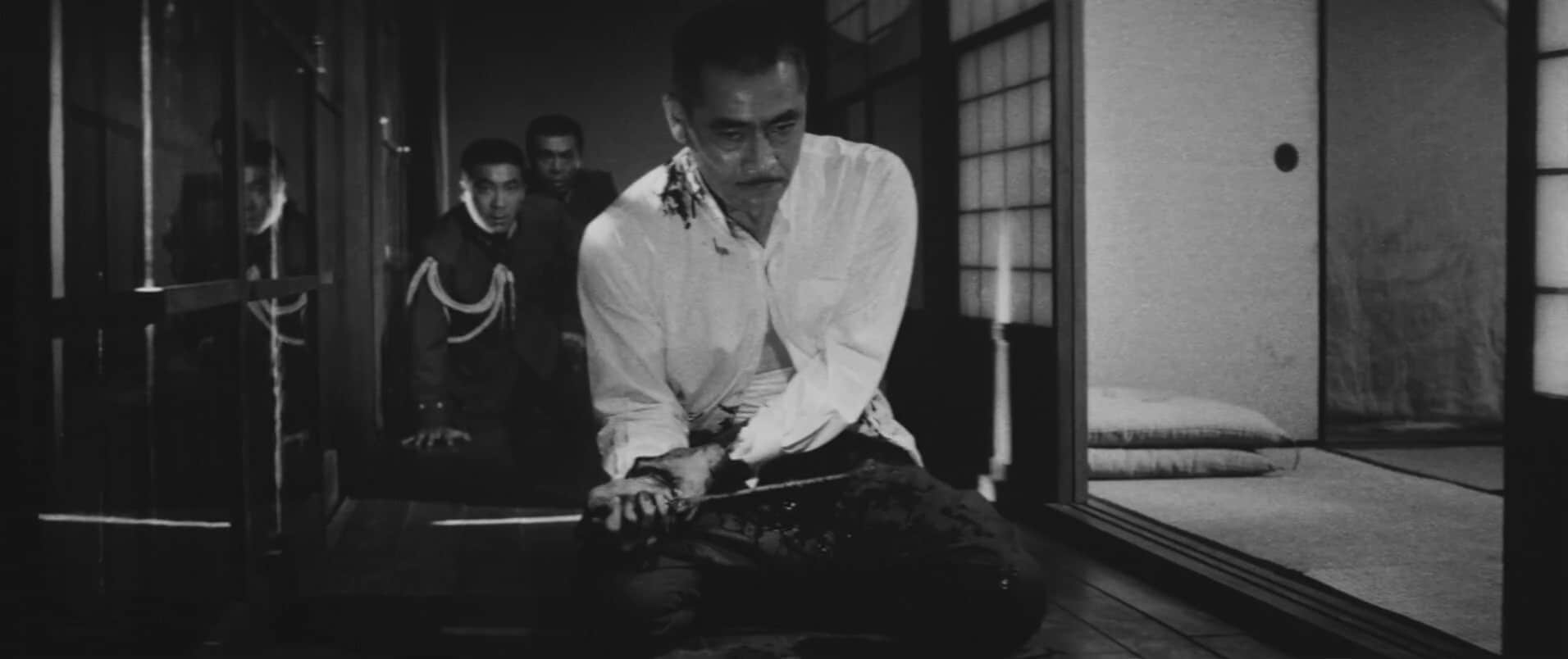by Vedant Srinivas
“Record of A Tenement Gentleman” is one of Ozu's great early films, and one which was also screened last year at Cannes as part of their Classics section.
The plot outline of “Record”, like most of Ozu's works, is deceptively simple (and also full of comic touches). In post-war Japan, a man living in an impoverished Tokyo tenement brings home an abandoned child (Kohei). O-Tane, a hard-hearted widow living in the same tenement, is forced to take care of Kohei. In what follows, we gradually see O-Tane's change of heart, from her initial anger at Kohei's bedwetting, her endless tricks to get rid of the boy, to finally growing fond of him.
What is most remarkable is how each scene, character, and setting is ingrained with the disastrous after-effects of WW2. Tashiro, Tamekichi, and O-Tane, the three residents of the tenement we are introduced to, each suffer from the economic consequences of the war: Tashiro is a street fortune teller, Tamekichi mends pots and pans, while O-Tane does odd jobs to make ends meet. Indeed, most conversations in “Record” centre around deprivation and hardship. When Tamekichi's Americanised daughter suddenly turns up for lunch, Tamekichi reprimands her for not bringing anything and then wanting to eat his lunch. Moreover, the implications of societal turmoil here are not just economic but also moral: when the Kawayashis throw a dinner party for everyone with the money their son has won in the lottery, everyone unanimously agrees on how luck only falls on pure-minded and innocent children, unlike their adult counterparts. This thematic layer – the breakdown of traditional structures and the corresponding advent of modernity – is integral to Ozu's cinema. These were for him events which had an irreversible impact on both Japanese society and individual morality.
Though “Record” features a wider variety of shots that one is used to in an Ozu film – more medium shots and long shots, an oftentimes panning camera – it also provides some nascent glimpses of what would go on to characterise his signature style of filmmaking. There is for instance the distinctive Tatami-mat shot, directly frontal, stationary, and filmed from a low height, as if from the eye level of a person kneeling on a tatami mat. “Record” is also replete with ‘pillow' shots, those seemingly random cutaways of everyday life that provide a break from the narrative: clothes swaying in the breeze, smoke rising out of chimneys…
Equally intriguing to behold are the conscious experiments with pacing, with scenes ending always a beat or two later than they ought to. Early in the film, O-Tane warns Kohei not to wet the bed again, and ruminates on what kind of a cold-hearted father the kid must have. Throughout, the scene goes from mid shot coverage to individual close ups. And yet, it doesn't end when the monologue ends. Instead, we goes back again to Kohei sleeping on a large bed, now accompanied by silence, and then see a deliberately stretched out shot of O-Tane staring at her nails and looking straight ahead. Here, we see an instance of plot points taking a backseat for what has been called ‘dead time', something which will go on to form an integral part of Ozu's famous Noriko Trilogy.
In similar fashion, there is very little sentimentality on display. There is for instance no major build up to the boy being found (or even when he runs away). It simply happens, and what we are studiously shown is the before-and-after of events. This lack of sentimentality also seeps into the acting. Thus, Choko Iida plays O-Tane with a restrained expressivity, always keeping herself in check despite being prone to heightened emotions. There is a sense in which the action is directly acted out rather than being interpreted. When O-Tane scolds Kohei (Hohi Aoki) after another bedwetting session, he scrunches up his face and raises his hands to his eyes as if to wipe tears, even though there is no actual crying involved. It is the action rather than the interpretation that is important, something that might have more to do with traditional Japanese theatre performance than than what we today understand as realist acting.
Towards the end, just when O-Tane gets extremely attached to Kohei, and is almost beginning to treat him like her own son, the little kid's father suddenly turns up to take him back. Kohei, it turns out, was merely lost and not abandoned. Later, Tashiro and Tamekichi visit O-tane and congratulate her for finally being free. Without no much as a warning, O-Tane, who for so long has kept up a restrained facade, suddenly breaks down. It is a singularly touching moment, in a film that has so far kept all things sentimental at bay (one is immediately reminded of other crying scenes in Ozu's films, be it Noriko in “Late Spring” or Ayako in “Late Autumn”). O-tane remarks that she is crying not because she is sad, but because of how happy Kohei and his father were. The emotional outburst then leads to a realisation; being selfish won't do, and one has to stop worrying only about oneself.
Yet again, we encounter a tendency strewn across Ozu's works, of seemingly inconsequential everyday acts and events that acquire the magnitude of a soul-shattering revelation. Here, as in other places, it is the ephemerality of everything, and ultimately of life itself.
“Record” ends with a sobering image, a montage of boys orphaned and made homeless by the war, aimlessly wandering around the influential samurai Saigo Takamori's statue. There is hope in O-Tane's changed personality, but also the stark reality of what Ozu saw around him: the fragmentation of both self and society, a theme that would haunt him throughout his cinematic life.





